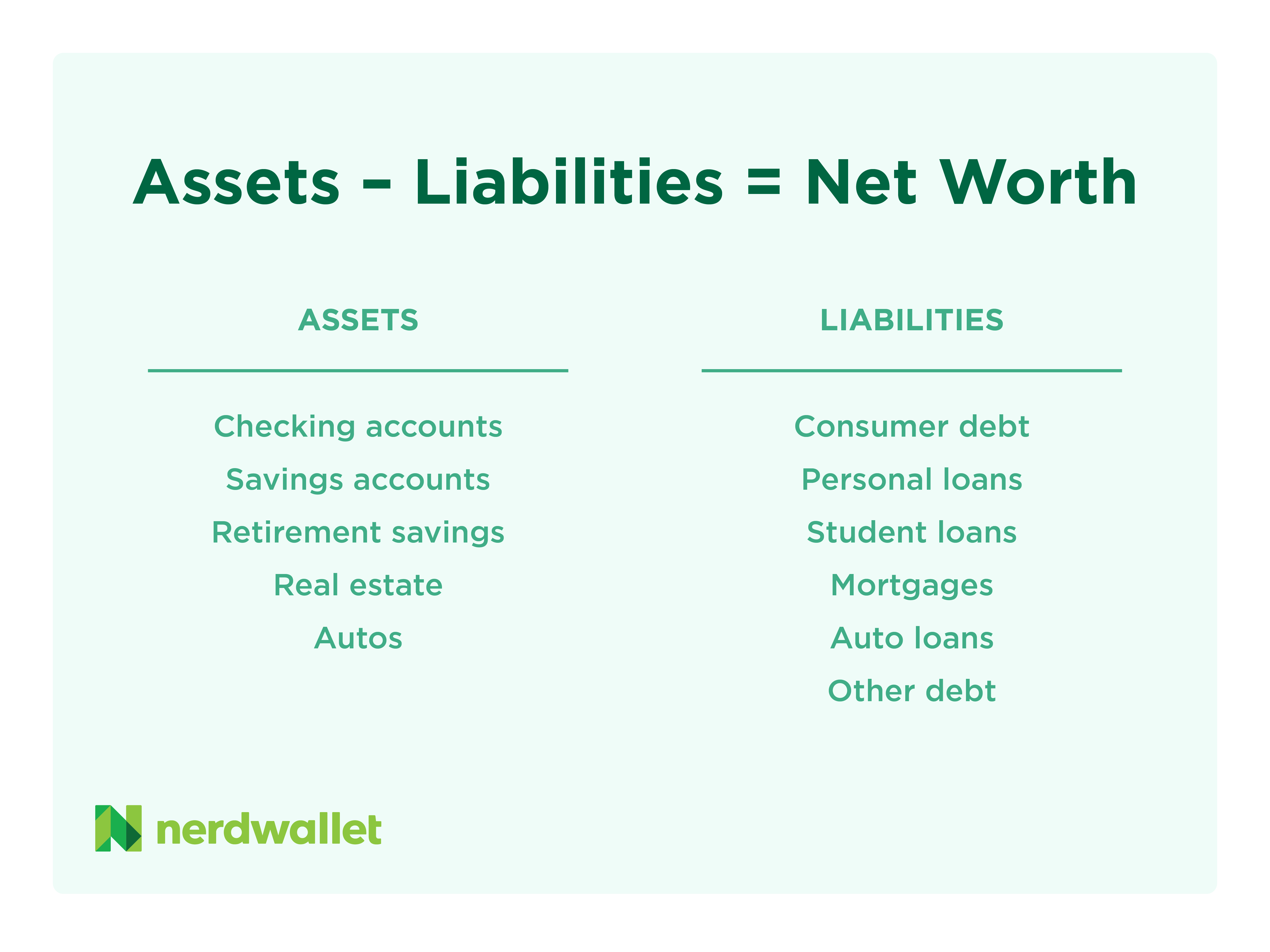Net Worth: Calculating Your Financial Health
Introduction:
Understanding your net worth is critical for analysing your financial health and planning for the future. In this blog article, we will look at how net worth is determined, assets and liabilities, and give you with a simple yet thorough way to determining your financial well-being.
What is Net Worth?
The difference between your assets and liabilities is represented as your net worth. It provides a glimpse of your total financial situation and allows you to track your progress towards achieving your financial objectives.
Calculating Net Worth
To determine your net worth, sum the total value of your assets and remove your liabilities. Your net worth is reflected in the resulting value. Let's take a closer look at the components of assets and liabilities.
Assets
Anything you own that has monetary value is considered an asset. They can be divided into two main categories: liquid assets and non-liquid assets.
- Liquid Assets: These are assets that can be easily converted into cash in a short amount of time. Savings accounts, checking accounts, stocks, bonds, and mutual funds are all examples.
- Non-Liquid Assets: It may require more time and effort to transform these assets into cash. Real estate, vehicles, jewellery, artwork, and other costly possessions are among them.
Liabilities
Liabilities are the financial responsibilities or obligations you owe to others. They can be categorized into two types: short-term liabilities and long-term liabilities.
- Short-Term Liabilities: These are debts that must be paid off within a year or less. Credit card debt, electricity bills, and personal loans are among examples.
- Long-Term Liabilities: These are debts that are more than a year old. Mortgages (a loan issued by a bank or financial organisation to assist people or businesses in purchasing real estate, with the property serving as collateral until the loan is fully returned. ), educational loans, and vehicle loans are examples.
Comparing Assets and Liabilities
To have a better understanding of your financial situation, compare the valuations of your assets and liabilities. In an ideal world, your assets should surpass your liabilities, resulting in a positive net worth. A good net worth shows financial stability and progress, whereas a negative net worth suggests possible financial difficulties.
Conclusion:
Finding out your net worth is a crucial first step towards financial security. By evaluating your assets and liabilities, you can get knowledge about your financial situation, which will help you make decisions and establish goals for the future. Always keep in mind that tracking and reviewing your net worth on a regular basis will help you keep track of your development.
Dear readers I appreciate you taking the time to go through my blog. Your participation and encouragement are greatly appreciated by me. I appreciate the chance to discuss my ideas with you. Keep checking back for more intriguing material soon!


Comments
Post a Comment